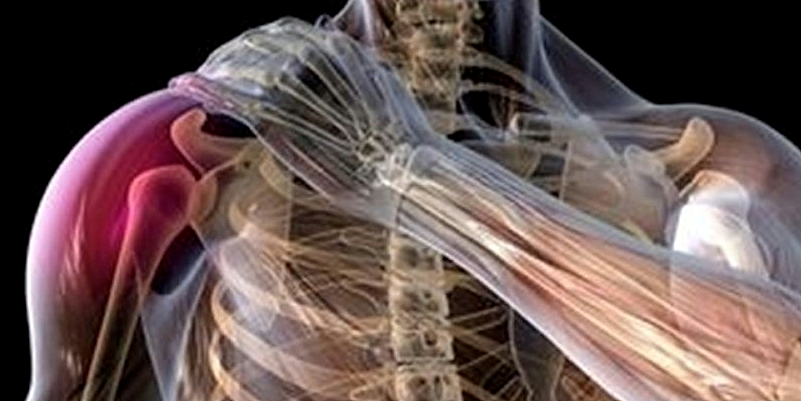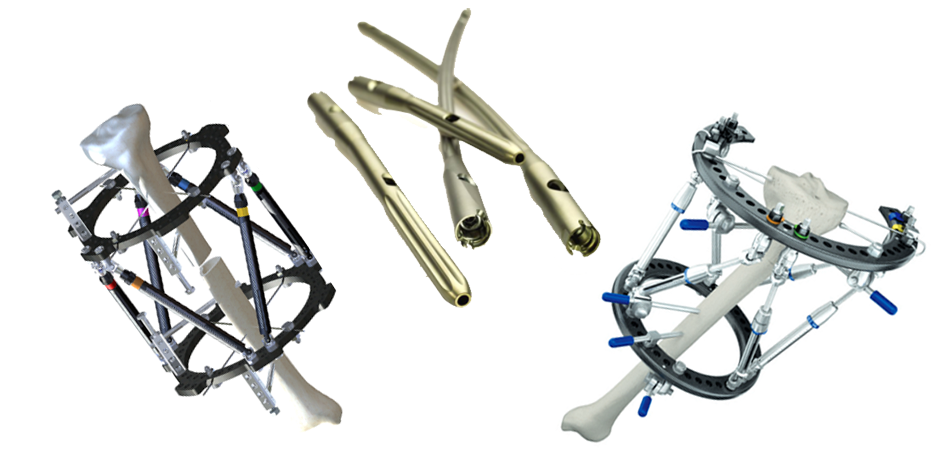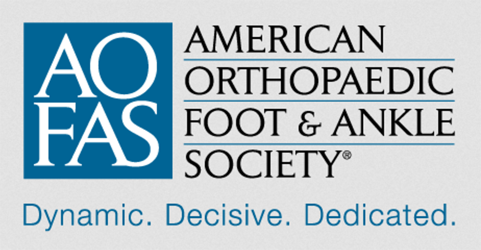 SmartTRAK looks behind the curtain at the interplay of factors truly driving growth in the US Soft Tissue Fixation Market.
SmartTRAK looks behind the curtain at the interplay of factors truly driving growth in the US Soft Tissue Fixation Market.
With the US Soft Tissue Fixation Market worth an estimated $1.5B, SmartTRAK looked behind industry’s curtain at the interplay of factors driving the 5.3% CAGR in the sports medicine market to see what’s truly driving growth in the market. Does clinical research drive product development? Or does industry develop and market products that drive usage followed by studies that measure their efficacy? From aggressive marketing campaigns to company compensation plans to sole source agreements, there is an increasing number of factors driving the soft tissue fixation market outside of research and clinical findings.
If You Build It, They Will Use It
In an industry where surgeons constantly ask for large, randomized, peer-reviewed, published data, there is a giant lag between product concept/design and data publication that leaves marketing departments to fill in the gaps with KOL surgeon support. It can take several years for a product to move from concept and design to FDA approval and commercialization to data collection, analysis and publication. For example, lectures during industry meetings continue to debate single vs double row rotator cuff (RC) repair, yet companies are focusing more on developing techniques for superior capsular repair and remplissage. We believe, rather than answering physicians’ needs based on research, companies are driving physician usage through product development and effective marketing of new and often novel concepts.
The Tail Wags the Dog
Again we look at double row RC repairs, but from a different angle. There is clinical evidence supporting the efficacy of both single and double row RC repairs. However, no study definitively shows the benefit of double over single row repair. Despite the lack of clear evidence, the total number of double row RC repairs is projected to increase from ~228,769 in 2016 to ~290,032 procedures in 2021E, a CAGR of 4.86% according to SmartTRAK estimates. With nearly double the number of implants and cost clearly not a benefit here, it is the power of marketing a concept and gaining surgeon support that continues to drive this technique and usage. Take Arthrex, for example. SmartTRAK reports Arthrex as holding nearly 57% market share in the US Shoulder Market. They are the only company to market a biocomposite lateral row shoulder anchor which makes up approximately 30% of the lateral row anchor market. We believe that effective marketing of this product helps to drive Arthrex to the top of the shoulder market.
Meet the Analyst - Kristina Meyer
Effective Marketing and Sales Compensation Can Drive Behavior and Change.
It all begins with product or technique development. Surgeons often bring a concept or product idea to a company, and KOL support and sales force focus sets the ball in motion. Through technique guides, surgeon education and podium speaking, we often see the “every day” surgeon become more willing to follow suit. In addition, while product design and indications largely aid sales reps in targeting potential customers, it is often sales force compensation that drives their behavior. Many companies offer new product bonuses for new product sales, which quickly gets sales’ attention. Every good sales rep knows that time is money and most marketing teams know that providing this type of compensation is money well spent.
The One and Only
The way that hospitals conduct business with medical device companies is rapidly changing. While competition is healthy, many hospitals are moving more toward sole source vendors. We believe hospital systems are seeing greater pricing benefits from accepting bids from multiple vendors on their entire book of business and choosing one or two vendors rather than negotiating on individual products. With market consolidation creating a more rounded out bag for most of the major soft tissue fixation players, they are nearly all able to compete on the same level. However, the competitive stakes are now higher. When a company captures a major contract with a hospital system, they win big, and if they lose the bid, they lose a substantial amount of revenue potential.
Education: A Powerful Weapon.
Lastly, surgeon education is a key factor driving growth in this market. If surgeons do not have clinical evidence demonstrating efficacy to support their use of a product, then ease of use, reproducibility and potential cost benefit can seal the deal and drive adoption. It’s no coincidence that some of the most successful sports medicine companies also have the greatest focus on education. While companies are very careful to avoid tying education to surgeon usage, we know there is a direct relationship between surgeons trained and products used. Cadaver labs and educational courses give surgeons anecdotal evidence that drives usage in the short term while waiting for those large scale, published studies.
What’s on the Horizon?
With M&As dominating the news in the soft tissue fixation market over the past few years, we expect to see more small companies develop novel ideas that can bring change to the market. For example, startup Trice Medical developed a disposable camera system for in-office diagnostic arthroscopy to change the way physicians diagnose intra-articular injuries. Ceterix Orthopedics has developed tools designed to help surgeons repair previously unrepairable meniscal tears, although this area has been slower to grow. And Rotation Medical, now SNN, is focusing on bioinductive materials to treat partial RC tears. Each of these small companies is working to change the way surgeons currently treat their patients and we are watching their growth and acquisition potential closely.
Finally, with privately-held Arthrex holding 50.3% of the soft tissue fixation market share and the ability to move like a speed boat among the publicly-traded company yachts, the sports industry will continue to mirror its quick moving, dynamic, and ever-adapting patients. From all of the major players, we expect to see continued focus on the small joint markets with specialized sales forces, development of hip arthroscopy techniques for labral reconstruction and failed labral repair, superior capsular reconstruction and instability repair/recon techniques for failed shoulder procedures and meniscal root repair techniques.






